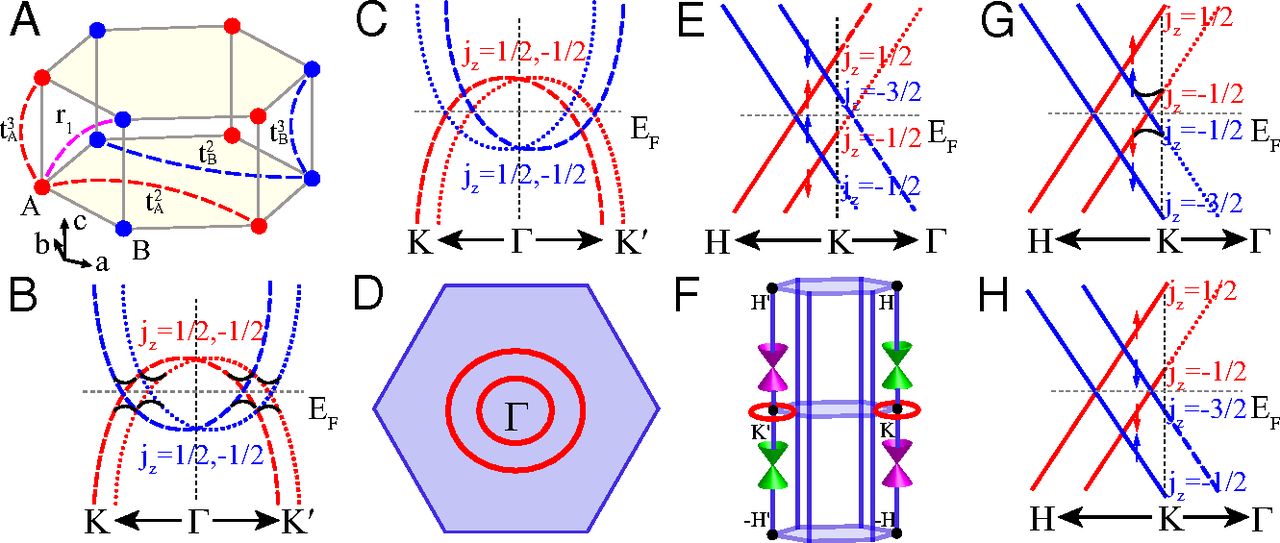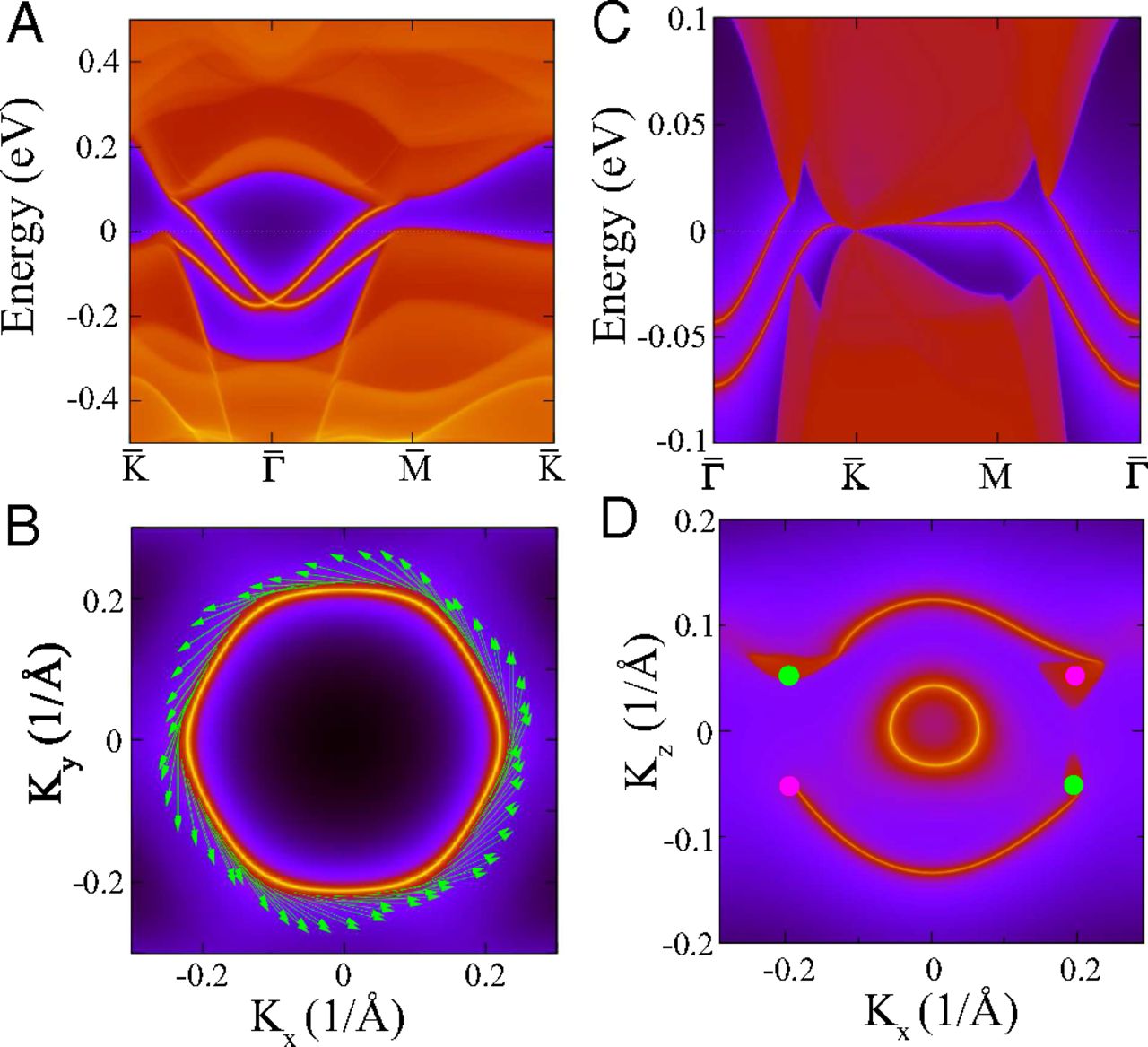In quantum field theory, as a basic particle, the fermion has played an important role. In recent years, although it has not been discovered in high-energy physics, it has attracted great interest in condensed matter physics. In three-dimensional materials, the low-energy excitation of the non-simplified and linear dispersive energy band satisfies the external enthalpy equation, and the energy band intersection is called the outer sac, and such a solid material is called the outer semi-metal. The outer semi-metal has many novel physical properties, such as chiral anomalies. Recently, the outer sacral and Fermi arcs were successfully predicted in the compound TaAs family, and this prediction was subsequently confirmed experimentally. Due to the presence of 24 outer sacs in the TaAs compound, there are many mediocre electron and hole Fermi pockets near the Fermi level. The interpretation of such complex electronic structures for the origin of singular spectra and transport properties has caused much debate. Therefore, it is an important research direction of the current condensed matter physics to find the outer semi-metal with less outer ridges and at the Fermi level.
In this paper, we study a theoretical model of a spatial inversion of a corrupted three-dimensional cellular lattice structure, while many topological non-planar states are implemented, such as three-dimensional strong topological insulators, outer semi-metals, and pitch-line semi-metals. This model provides a new way to explore topological materials. Based on density functional theory, we show that rare earth-sulfur-iodine LnSI (Ln = Lu, Y, Cd) satisfies this model, where LuSI and YSI are strong topological insulators, while GdSI is the ideal outer semimetal. LuSI and YSI produce non-mean surface states, and their Fermi arcs present a right-handed spiral. The GSI only has one external sill and is located on the Fermi surface, displaying two long Fermi arcs on the 010 surface. This property provides a perfect platform for angular resolution photoemission spectroscopy experiments.

Fig. 1.
Schematic of topological phases. (A) The A–A stacked honeycomb lattice and hopping parameters are shown, where A sublattice (red dots) is occupied by pzpz orbital, while B sublattice (blue dots) is occupied by dz2dz2 orbital. (B) The 3D strong TI. (C) Nodal-line semimetal with two nodal lines circled around the ΓΓ point as shown in D. (E) Topological semimetal coexisting of both WNs and nodal lines as shown in F. (G) Double WSM with two pairs of double-Weyl points. (H) Ideal WSM holding four pairs of WNs. The red (blue) lines in B, C, E, G, and H represent the pzpz type (dz2dz2 type) bands, and different eigenstates of MzMz are distinguished by the dashed (mz=imz=i) and dotted lines (mz=−imz=−i). The effective jzjz at the ΓΓ or K point as well as the spin direction for each band are also labeled.

Fig. 3.
Surface states and Fermi arcs. (A and C) Band structures of LuSI and GdSI projected onto the (001) face, respectively. (B) Topological surface states and corresponding spin texture on the (001) face of LuSI. (D) Fermi arcs in the (010) surface BZ of GdSI.
At present, polycrystalline GdSI samples have been synthesized in the center of the strong magnetic field and the experimental group, which provides a solid foundation for further experimental confirmation, and has attracted great interest from many experimental groups, providing an ideal platform for the study of foreign physics.